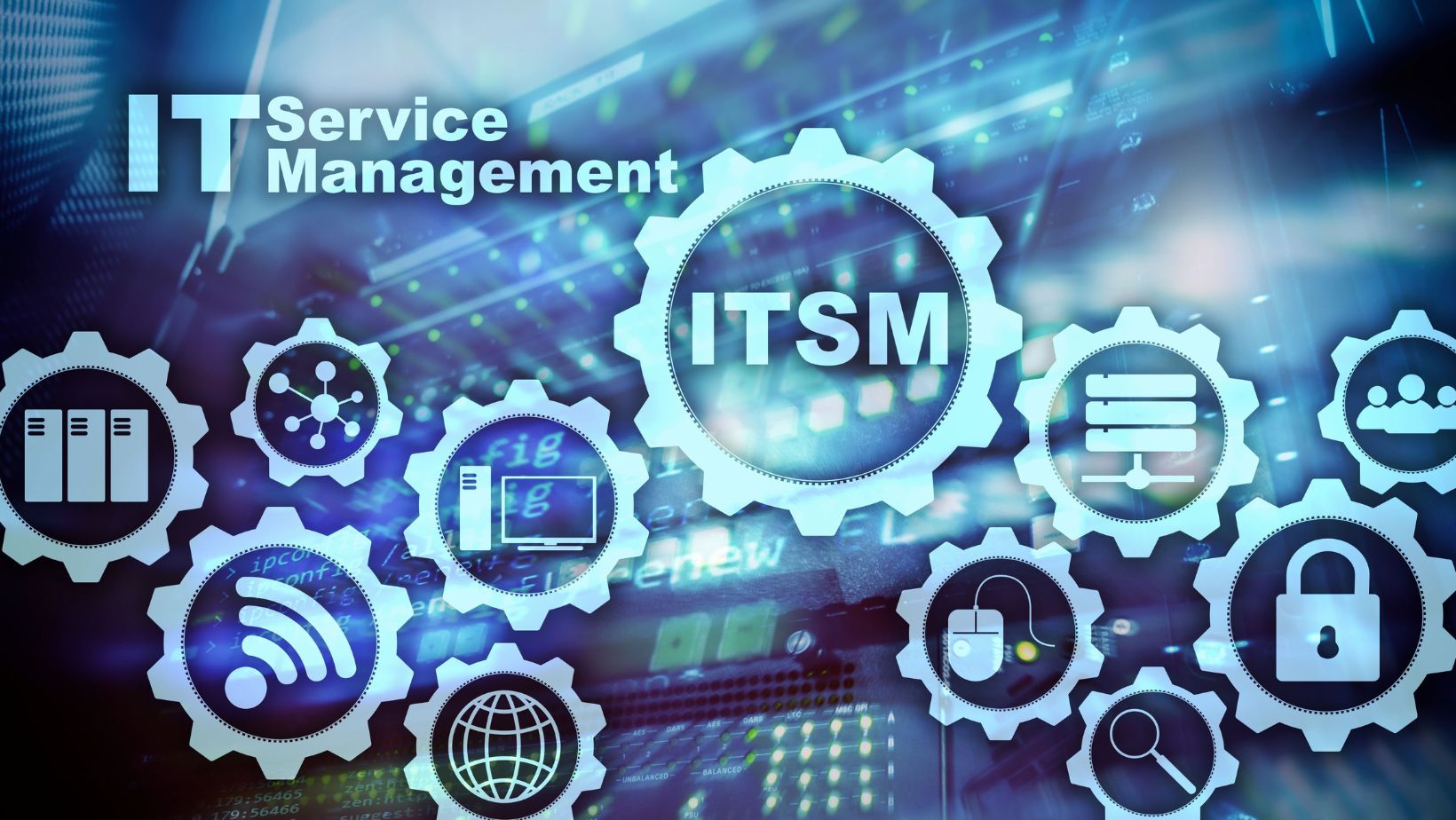
Rethinking Internal IT Support in a Demanding Digital Era
The demands placed on IT departments today are higher than ever. As companies scale operations, embrace hybrid work, and deal with increasing security threats, many find their in-house IT teams overstretched. What used to be manageable with a small internal team is now a challenge that requires continuous expertise, proactive support, and infrastructure that adapts to business needs.
According to a 2024 report from Deloitte, 61% of UK businesses now outsource some element of their IT management to gain access to specialist knowledge and maintain operational continuity in the face of rising complexity and cyber threats. This growing shift from reactive IT to proactive, integrated support models has created space for a more structured approach: managed IT service.
Moving Beyond Break-Fix: Why Managed IT Service Is the Preferred Model
Rather than waiting for something to break before taking action, managed IT service providers take a proactive approach to monitoring, support, security, and infrastructure upkeep. With organisations under pressure to meet compliance regulations, mitigate risks, and support employees across multiple locations, outsourcing these responsibilities can offer both strategic and operational advantages.
Many companies, particularly small to mid-sized enterprises, are leveraging a managed IT service as a dependable extension of their internal operations. This arrangement not only reduces downtime but also gives businesses access to a wider pool of specialists, a benefit that would otherwise be costly or impractical to maintain in-house.
By providing a predictable cost structure and scalable support, managed services enable IT teams to shift their focus from day-to-day troubleshooting to delivering value across departments.
Core Components That Define a High-Value Managed IT Provider
While the service offerings may vary, most providers focus on several key areas that contribute to overall business resilience and efficiency:
- Proactive monitoring to detect and resolve issues before they impact end users.
- Cybersecurity management, including patch updates, endpoint protection, and threat intelligence.
- Disaster recovery planning and data backup strategies to ensure business continuity.
- Infrastructure optimisation to support evolving workloads across cloud and hybrid environments.
- End-user support with help desk services that improve employee satisfaction and minimise disruption.
In a recent KPMG UK technology outlook survey, 72% of business leaders said their managed service agreements were instrumental in achieving digital transformation objectives within planned timelines. The shift is no longer about reducing cost but increasing capacity and capability.
Aligning Technology with Long-Term Business Goals
Technology is not static, and businesses that rely solely on reactive maintenance risk falling behind. Managed IT service models are structured around adaptability, supporting growth, addressing vulnerabilities, and preparing for the demands of tomorrow.
For example, a company scaling from 50 to 150 employees across multiple locations will benefit from consistent device management, network oversight, and help desk support, all of which can be efficiently handled by a managed service provider. This frees up leadership to focus on customer experience and innovation, rather than troubleshooting connectivity issues or configuring software updates.
Providers also help businesses make smarter technology decisions by offering insight into infrastructure upgrades, licensing models, or process improvements based on analytics and usage patterns.
Security, Compliance, and Peace of Mind
In today’s threat landscape, cybersecurity is more than a technical issue—it’s a board-level concern. With ransomware attacks, phishing campaigns, and data breaches on the rise, companies are increasingly under pressure to secure their digital assets and maintain compliance with industry standards such as ISO 27001 or GDPR.
A well-chosen managed IT service provider will integrate security best practices into every layer of support, from endpoint monitoring to user access controls. This not only helps prevent attacks but also ensures a swift and structured response in the event of an incident.
Moreover, businesses that deal with sensitive customer or financial data benefit from having a partner that understands risk management frameworks and can implement security protocols to avoid legal and reputational consequences.
Choosing the Right Managed Service Provider: What to Consider
Not all providers are the same, and selecting the right partner requires evaluating both technical and strategic fit. Here are a few questions to consider:
- Does the provider offer round-the-clock support and rapid response times?
- Can their services scale alongside your business growth?
- Do they support multi-cloud or hybrid IT environments?
- Are they familiar with your industry’s compliance requirements?
- How transparent are their reporting and communication practices?
Clear service level agreements (SLAs) and regular review meetings ensure accountability and alignment with long-term business objectives.
The Role of Managed IT in Modern Business Continuity
A significant advantage of the managed model is its contribution to business continuity. Unexpected server failures, power outages, or cyber incidents can bring operations to a halt. By outsourcing infrastructure maintenance and data protection to a trusted provider, businesses significantly reduce their exposure to such risks.
Managed services include backup and recovery solutions, network failover configurations, and structured incident response plans that keep systems running or ensure fast recovery if something goes wrong. This approach supports both resilience and agility—two traits that are critical in competitive industries.
What the Future Holds for Managed IT Services
The managed service industry is expected to grow at a steady pace over the next five years, driven by advances in cloud computing, remote work trends, and the continued rise of cybersecurity threats. Businesses will increasingly demand more integrated services, combining IT support with strategic consulting, project delivery, and long-term infrastructure planning.
Artificial intelligence and automation will also become more embedded in service delivery, allowing providers to offer faster response times, better analytics, and lower costs. As technology becomes more complex, the value of a skilled partner who can manage it effectively will only grow.
Final Thoughts
The managed IT service model is no longer just an outsourcing strategy—it is a way for modern businesses to stay competitive, secure, and prepared for future challenges. By engaging the right partner, organisations gain more than just technical support. They access insights, scalability, and a dependable team focused on ensuring that technology serves their strategic goals.
Rather than stretching internal teams too thin or relying on outdated systems, companies are shifting towards partnerships that deliver continuous improvement and long-term value. Managed IT service is not just a support but also a smart investment in the future of your business.













